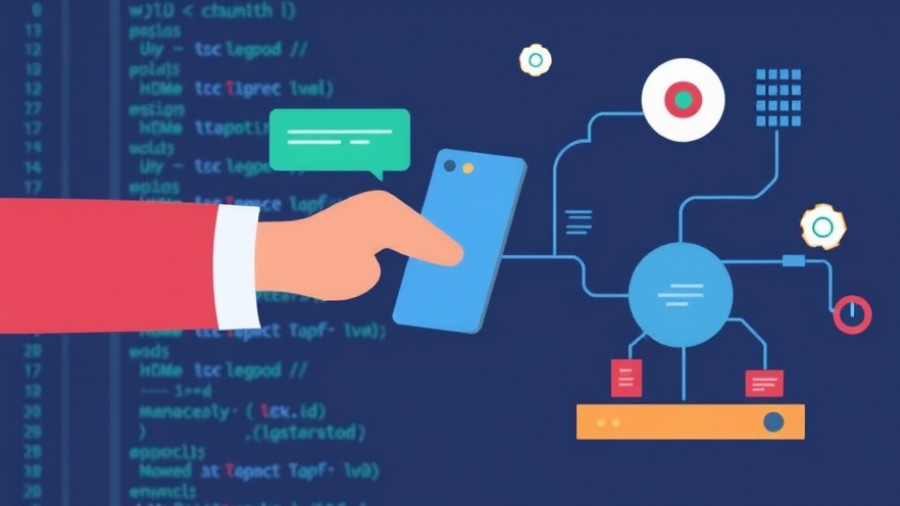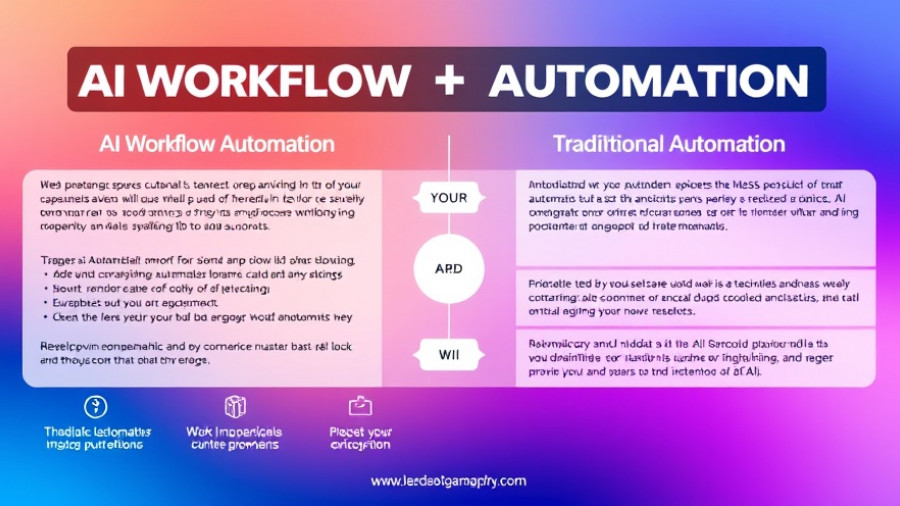
Revolutionizing IT Sales: The Power of AI in Account Based Marketing
In today’s rapidly evolving business environment, the landscape of account-based marketing (ABM) is transforming, especially in targeting Fortune 500 companies for IT deals. Gone are the days of casting a wide net—marketers are now adopting a surgical approach by identifying and targeting high-value accounts. This shift not only enhances engagement but also aligns marketing and sales teams more effectively, leading to significant revenue growth.
Why ABM Changes the Game
ABM is fundamentally different from traditional mass marketing strategies. It’s a tailored approach where marketing and sales collaborate to craft personalized outreach to specific accounts, significantly improving conversion rates. According to research by Forrester and RollWorks, companies using ABM experience a 60% higher win rate. This competitive edge is essential as the IT landscape grows increasingly complex.
The Fortune 500 Landscape and Its Challenges
Enterprise IT buying decisions are notoriously complicated, often requiring consensus from multiple stakeholders. A typical buying committee might consist of 6 to 10 individuals from various functions, such as IT, finance, operations, procurement, and security. Each member evaluates their unique aspects, like budget and ROI, demanding a marketing strategy that speaks directly to these diverse personas. Successful ABM strategies not only embrace this complexity but thrive within it.
How AI Empowers ABM Orchestration
Integrating AI in ABM strategies can significantly streamline and enhance the entire marketing process. AI tools can analyze data in real-time, providing insights that inform targeted campaigns and improve engagement. Automation reduces the manual effort involved in running ABM strategies, allowing marketing teams to focus on crafting compelling narratives and personalized experiences. The tech landscape today offers numerous AI-powered tools capable of optimizing every layer of the marketing process—from lead scoring to customer segmentation.
Core Pillars of AI-Powered Automated ABM
To create an impactful AI-driven ABM strategy, organizations must focus on several core pillars:
- Data Integration: Centralize customer data across platforms to ensure marketing messages are relevant and personalized.
- Continuous Optimization: Use analytics to refine target accounts and content strategies based on performance data.
- Cross-Channel Engagement: Leverage multiple platforms to ensure consistent messaging across all customer touchpoints.
By focusing on these pillars, marketers can ensure their campaigns resonate with decision-makers in the enterprise landscape.
Practical Tips for Implementing AI in ABM
For organizations looking to harness the potential of AI in their ABM strategies, consider these actionable insights:
- Leverage Advanced Analytics: Utilize analytics tools to identify the most effective channels and messages for your target accounts.
- Automate Routine Tasks: Free up your team’s time by automating routine outreach while focusing on strategy and relationship building.
- Focus on Personalization: Use data to create personalized campaigns that resonate with individual decision-makers and their specific challenges.
With the right strategies and tools in place, marketers can turn their ABM efforts into a powerful driver of revenue growth.
Embracing the Future of Marketing
As we progress further into a digital-first world, the integration of AI in marketing strategies is set to redefine how companies approach their sales funnel. By adopting an AI-powered ABM strategy, organizations not only enhance their outreach efforts but also secure more substantial deals, particularly among Fortune 500 companies.
To stay ahead in this competitive landscape, marketers must embrace the latest digital marketing trends and continually adapt their strategies. Consider leveraging AI-based tools and solutions to improve your marketing effectiveness.
Overall, by shifting towards an AI-enabled ABM approach, companies can expect improved alignment between marketing and sales, resulting in streamlined processes that ultimately lead to success.
Are you ready to transform your marketing strategy? Start exploring AI-powered marketing automation tools today to unlock unparalleled growth opportunities.
 Add Row
Add Row  Add
Add 




Write A Comment